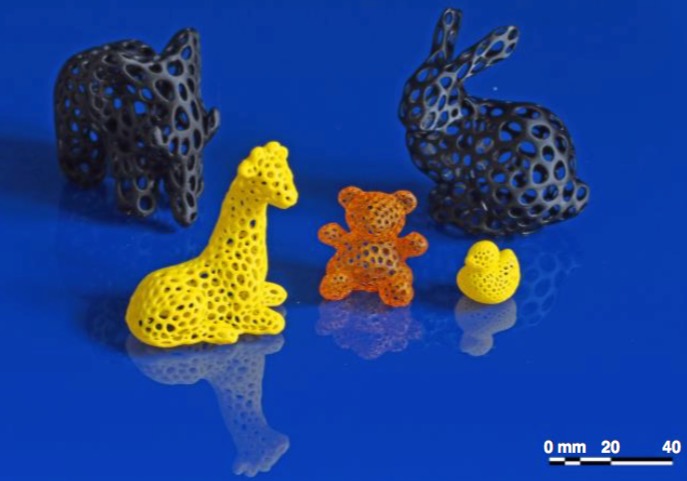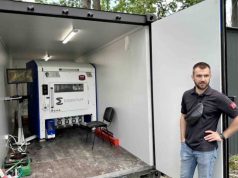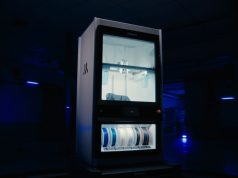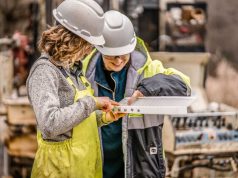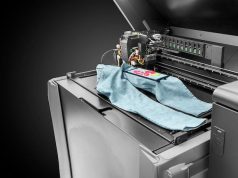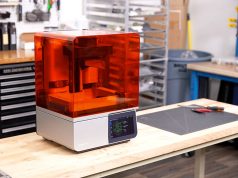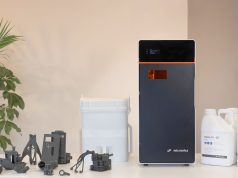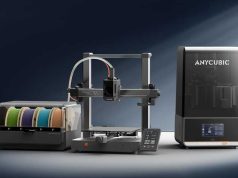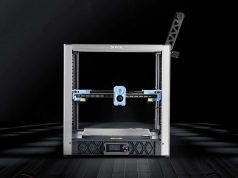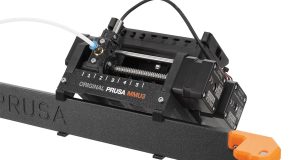A research group at Vienna Technical University, lead by Professor Jürgen Stampfl from the Institute of Materials Science and Technology, has developed new high-viscosity and impact-resistant polymers along with a 3D printer combining laser and DLP technology. Printed objects feature an optimised surface quality and mechanical properties of those created using conventional injection moulding techniques.
The 3D printer developed by the research team is based on a Digital Light Processing (DLP) technology, where a photosensitive resin is used to form solid objects when exposed to light. Additional to the DLP light engine, the printer is equipped with a precision laser, usually found in SLA printers, to increase the printing resolution.
“The printer uses the dynamic mask exposure technology by means of DLP projection (Digital Light Processing), which allows for adapting the wave length. While up to present the entire structure to be hardened was exposed in one area simultaneously, a new development enables the combination with a laser that is able to scan the surfaces instead or in addition to the DLP projection. The main advantage of SLA over other AM processes is due to the high resolution, which is even further increased through the laser.”
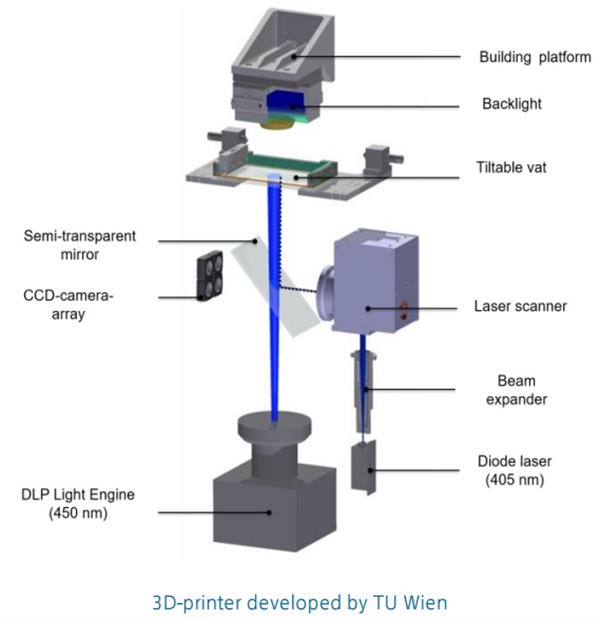
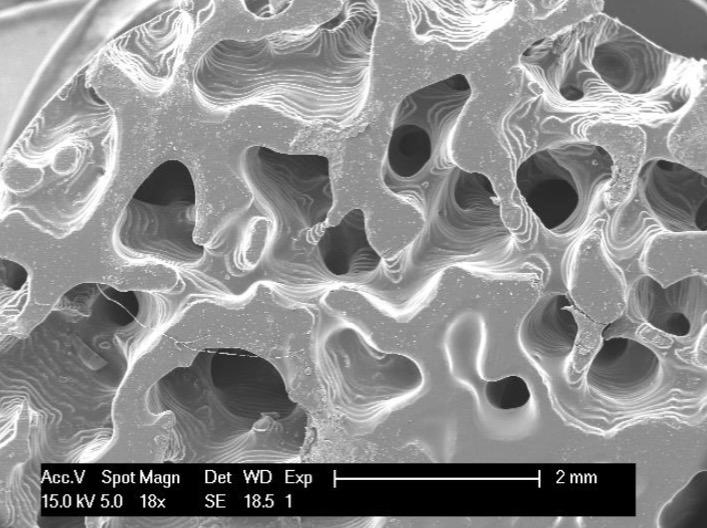
While DLP and SLA printers could only process plastics such as (meth)acrylate and epoxides that are less elastic and not suitable for a wide range of applications until now, the researchers were able to modify current materials. Thereby they achieved thermo-mechanical properties of polymers that are more commonly used in the industry, such as ABS. Objects did not only achieve the same but even exceed their impact strength.
The 3D printing system with a build area of 144 x 90 x 160 mm is able to realise parts with a wall thickness of 100 µm at a layer resolution between 15 and 100 µm. This allows for the production of high-strength components with high elongation at fracture as well as rubber-like objects. When compared to conventional SLA printing materials, the impact strength, elongation at fracture as well as the heat resistance have been considerably increased, representing a promising alternative to conventional injection moulding techniques.
Subscribe to our Newsletter
3DPResso is a weekly newsletter that links to the most exciting global stories from the 3D printing and additive manufacturing industry.



